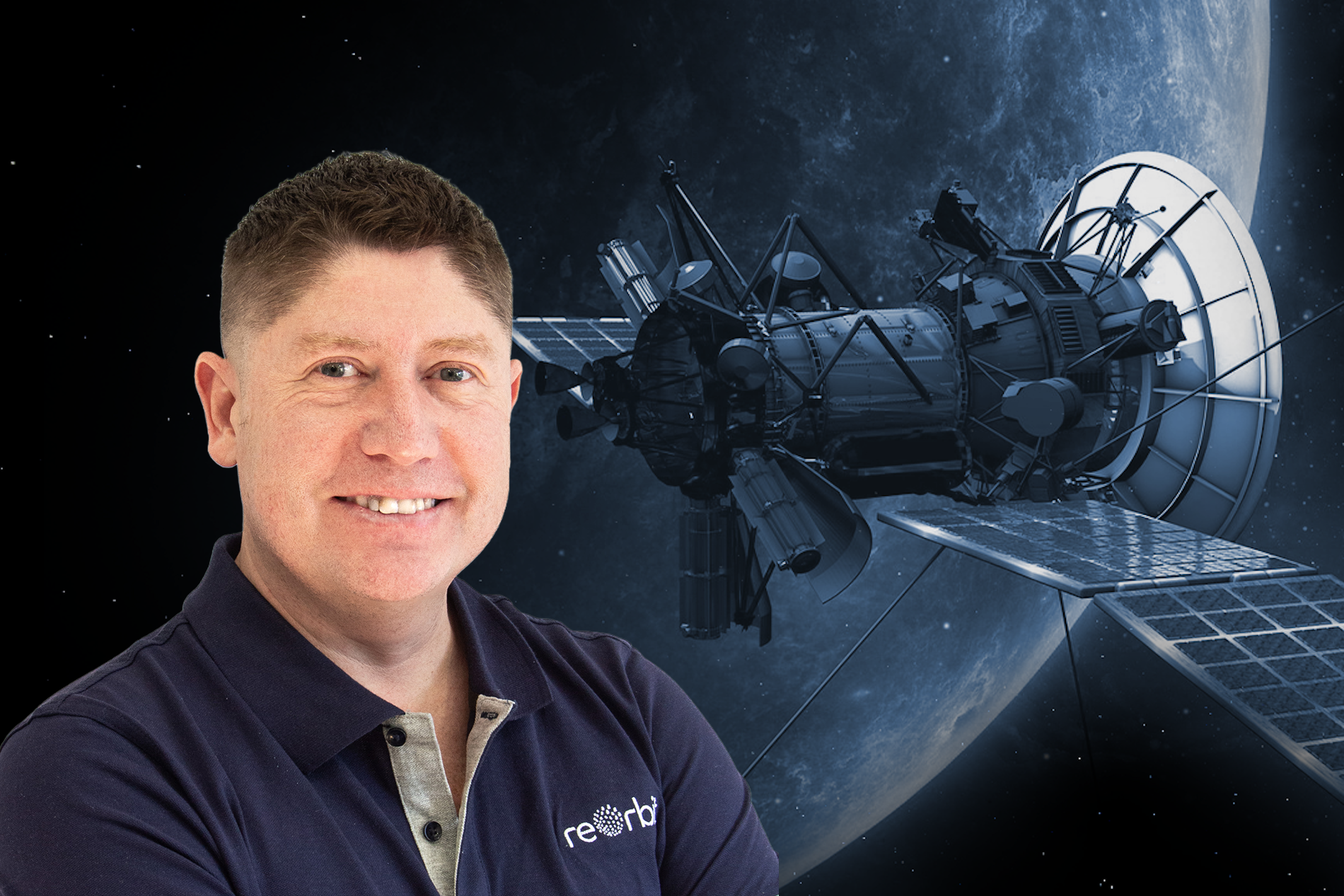Let's Space It. Eduardo Ibañez

Space is arguably both finite and infinite while the universe is expanding, and this evokes ambition, excitement, and puzzlement in humans. Out of which space technology, designed for space exploration, is born. Thus, it is even more interesting to learn the life stories of people behind innovation and technological development.
In this series of articles, we are introducing our colleagues behind ReOrbit technology. What brought them to the industry, their journeys towards humanity's ongoing expansion across the final frontier, lessons learned, and things they’d create if there were no technological limitations.

Meet Eduardo Ibañez, Senior Systems Engineer at ReOrbit. From a young age, Eduardo was fascinated by computers and loved exploring how they work. His curiosity led him to study computer science, develop a career in engineering, and ultimately transition into space and satellite manufacturing. Eduardo has worked on space missions where computers were custom-built for space. Years later, when one of those satellites neared the end of its life, Eduardo was one of the few who understood its architecture inside out and was able to update the software and extend its mission just a little longer.
Why did you choose space
I don’t know if I consciously chose space from the beginning, but I have always been drawn to technology. My curiosity started with early computers and processor manuals like the Intel 8086, which was also one of the first processors used in the Argentine space program. Eventually, I pursued a degree in computer science at university. My transition into the space sector happened through a company called INVAP in my hometown that specialised in complex engineering, including nuclear and defence. They had just created a space-focused division, and I joined shortly after. That is how I became involved in satellite missions. What drew me in was the complexity that space projects have, and my passion for solving problems.
You started your career as
I began by writing software for a lift ticketing system, similar to what ski centres use. At the time, programming was very different. There were no open-source databases or intuitive platforms. You had to spend days reading manuals to understand a processor. Today, you can simply ask AI and start developing much faster. In space, I first worked on the SAC-A and SAC-B missions. The people at NASA were essentially my teachers since many consultants were involved in reviewing software, attitude control, and next-generation product development. Together, we designed a custom-built computer for space.
Your most memorable memory so far
Working with NASA at their space centre was probably one of the most demanding and rewarding experiences of my career. All the planning, the long hours, and the technical challenges that go into building a satellite. We spent nearly a decade developing a computer capable of withstanding the environmental conditions of space, which resulted from learning from the first satellite missions and was later utilised in subsequent missions such as SAC-D, SAOCOM, ARSAT-1, and ARSAT-2. I remember watching the satellite deploy, the solar panels unfold, the payload activate, and telemetry begin to come in. It was breathtaking and probably one of my most memorable experiences.
Your most valuable lesson so far
Never assume the flight model will behave in the same way as the engineering model. In my experience, it’s rarely the case. It is also crucial to fix bugs while the satellite is still on the ground. Even a small issue left unresolved can easily occur again in orbit, where fixing it becomes far more costly or even impossible. Every decision carries a level of risk, so it is important to understand exactly what that risk is. As the saying goes, the devil is in the details.
What nobody prepared you for
Nobody prepared me for the importance of soft skills. At university, you focus on technical knowledge such as maths, physics, and programming. However, in today’s agile work environments, communication is essential. You need to explain your ideas clearly, collaborate across disciplines, and lead teams effectively. Fortunately, some companies now provide training in these areas, but it was something I had to learn through experience early in my career.
The one thing that makes you smile
There is something deeply gratifying about seeing your work still functioning years later. Some time ago, a satellite I had worked on was reaching the end of its life and suffered a failure in several important actuators and sensors needed to maintain a nominal attitude. I was asked to update its software so that it could maintain a proper attitude and continue producing images with the few remaining operational sensors and actuators, something that only a few of us could do because we knew its architecture inside out. It is very satisfying to know that your contribution continues to have an impact. There's a famous phrase that says:
“Requirements are like water. They’re easier to handle when they’re frozen.”
For this mission, after 10 years, we had to unfreeze the requirements and work on new ones to extend the satellite's life. This understanding that requirements are never set in stone makes me smile.
Imagine there are no technological limitations, what do you wish you could design/create in the space sector
A 3D printer capable of turning a digital twin into a functioning satellite, including software, electronics, and structure, with the press of a button. We are already designing and simulating so much in 3D. If we could skip manual production and testing entirely and go directly from concept to object, it would transform the entire industry. That would be magic.


.png)

